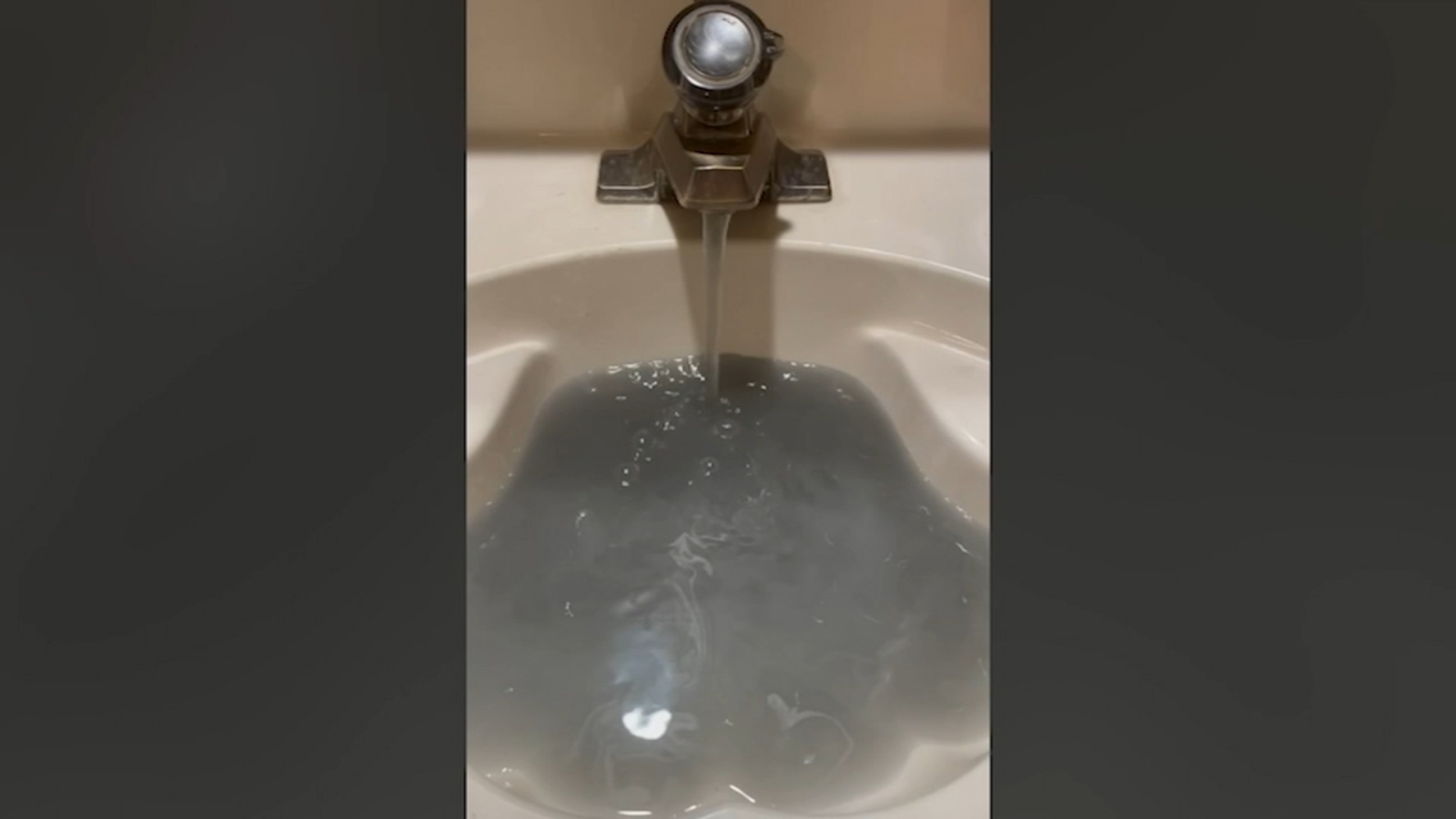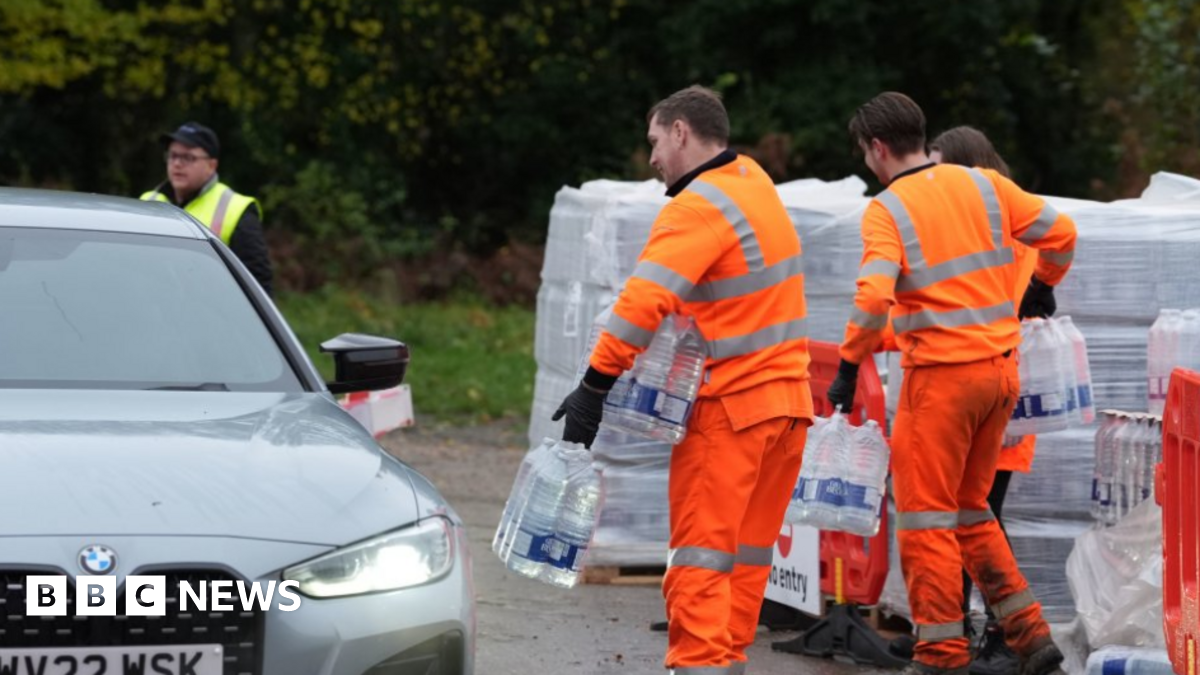Black Beaverville, Illinois water with ‘rotten eggs’ smell plagues residents for 6 months and counting – ABC7 Chicago

Report on Water Quality and Sustainable Development Goal Deficiencies in Beaverville, Illinois
Executive Summary
For a period of six months, residents of Beaverville, Illinois, have reported severe water quality issues, including black, discolored, and foul-smelling water. This situation represents a significant failure to meet key United Nations Sustainable Development Goals (SDGs), particularly SDG 6 (Clean Water and Sanitation), SDG 3 (Good Health and Well-being), and SDG 11 (Sustainable Cities and Communities). An investigation reveals infrastructure failures, elevated contaminant levels, and inadequate institutional responses, undermining the well-being and basic rights of the community.
Violation of SDG 6: Clean Water and Sanitation
The primary issue in Beaverville is a direct contravention of SDG 6, which aims to ensure access to clean water for all. The municipal water supply has been compromised, rendering it aesthetically and practically unusable for residents.
- Water Quality: Residents describe the water as black, slimy, and smelling of rotten eggs.
- Impact on Daily Life: The water is unsuitable for basic household tasks such as cooking, bathing, and washing clothes.
- Property Damage: Reports indicate that the contaminated water has caused damage to sinks and clothing.
- Interrupted Support: While the village initially provided bottled water, this service was discontinued in October, leaving residents without a reliable source of clean water, further deviating from the objectives of SDG 6.
Contaminant Analysis and Public Health Concerns (SDG 3)
The contamination poses risks to public health and well-being, a core component of SDG 3. While the Illinois Environmental Protection Agency (IEPA) has stated the water is safe to drink, analysis reveals concerning levels of specific elements and potential risks for vulnerable populations.
- Manganese: The IEPA identified excessive manganese as the cause of discoloration. Analysis of IEPA reports shows that on at least three occasions, manganese levels exceeded the federal EPA’s aesthetic standard of 50 parts per billion (ppb), with one test showing levels near 90 ppb. Experts warn that levels above 100 ppb could pose a risk to infants.
- Iron: A private analysis found iron concentrations more than six times the EPA standard, contributing significantly to the water’s discoloration and taste.
- Health and Well-being: Residents have expressed significant emotional distress. Furthermore, individuals with pre-existing health conditions, such as diabetes, face heightened concerns regarding hygiene and safety, directly impacting their well-being as outlined in SDG 3.
Infrastructure and Institutional Failures (SDG 11 & SDG 16)
The crisis highlights critical failures in local infrastructure and governance, undermining the principles of SDG 11 (Sustainable Cities and Communities) and SDG 16 (Peace, Justice and Strong Institutions).
- Infrastructure Breakdown (SDG 11): The IEPA determined the cause to be a systemic failure in the water treatment facility, specifically “a large part of the filter media was missing” and another filter was not operating properly. This points to a lack of resilient and sustainable infrastructure.
- Institutional Accountability (SDG 16): Village officials, including the Mayor and the Water Operator, have been unresponsive to media inquiries, demonstrating a lack of transparency and accountability required for strong institutions.
- Regulatory Violations: The village has incurred two recent violations from the IEPA for issues related to sample monitoring and a failure to install corrosion control treatment, further indicating systemic operational and governance challenges.
Analysis of SDGs, Targets, and Indicators
1. Which SDGs are addressed or connected to the issues highlighted in the article?
- SDG 6: Clean Water and Sanitation: This is the most prominent SDG, as the article’s central theme is the lack of clean, safe, and aesthetically pleasing drinking water for the residents of Beaverville. The entire narrative revolves around the discolored, smelly water coming from their faucets.
- SDG 3: Good Health and Well-being: The article connects the water quality issue to health concerns. It mentions a resident with diabetes who needs clean water for hygiene and discusses the potential risks of high manganese levels for infants consuming baby formula. The general unusability of the water for bathing and cooking also impacts well-being.
- SDG 11: Sustainable Cities and Communities: The problem stems from a failure in local public infrastructure—the village’s water treatment system. The article mentions missing filter media, improperly operating filters, and a failure to install corrosion control treatment, all of which point to issues with providing basic services to the community.
2. What specific targets under those SDGs can be identified based on the article’s content?
- Target 6.1: “By 2030, achieve universal and equitable access to safe and affordable drinking water for all.” The article directly addresses a failure to meet this target for the residents of Beaverville. They do not have access to water that is safe or acceptable, as evidenced by its black color, “rotten eggs” smell, and high levels of certain minerals. The distribution of bottled water is a temporary measure indicating the primary water source is not considered usable.
- Target 3.9: “By 2030, substantially reduce the number of deaths and illnesses from hazardous chemicals and air, water and soil pollution and contamination.” The article highlights contamination by manganese and iron. Dr. Tasha Stoiber explicitly warns that if manganese levels were to exceed 100 ppb, “babies drinking formula prepared with water could be at risk,” directly linking water contamination to potential illness.
- Target 11.1: “By 2030, ensure access for all to adequate, safe and affordable housing and basic services…” Access to clean water is a fundamental basic service. The article details the breakdown of this service due to infrastructural failures, such as a “large part of the filter media was missing” and the village’s failure to install “corrosion control treatment,” showing a lapse in the provision of adequate community services.
3. Are there any indicators mentioned or implied in the article that can be used to measure progress towards the identified targets?
- Qualitative Indicators of Water Quality: The article provides several non-numerical indicators of poor water quality. These include residents’ descriptions of the water as “black or discolored,” “slime,” and having a smell like “rotten eggs.” These descriptions indicate the water is not “safely managed” or aesthetically pleasing.
-
Quantitative Measures of Water Contaminants: The article provides specific measurements that serve as direct indicators of water pollution.
- Manganese Levels: The article references the federal EPA’s aesthetic standard of 50 parts per billion (ppb) and notes that village water tests found levels “above 90 parts per billion.” It also mentions a health-risk threshold of 100 ppb for infants.
- Iron Concentration: A private analysis found the water system’s iron concentration to be “more than six times the EPA standard,” which contributes to the discoloration and taste.
-
Indicators of Infrastructure and System Failure: The article points to specific failures in the water management system that can be used as indicators of a lack of safely managed services.
- The IEPA’s findings that “a large part of the filter media was missing” and another filter was “not properly operating.”
- The village’s violation for a “failure to install a ‘corrosion control treatment’.”
- The temporary distribution of bottled water by the village, which implies the tap water service was not functional or safe.
4. Summary Table of SDGs, Targets, and Indicators
| SDGs | Targets | Indicators |
|---|---|---|
| SDG 6: Clean Water and Sanitation | 6.1: Achieve universal and equitable access to safe and affordable drinking water for all. |
|
| SDG 3: Good Health and Well-being | 3.9: Substantially reduce illnesses from water pollution and contamination. |
|
| SDG 11: Sustainable Cities and Communities | 11.1: Ensure access for all to adequate and safe basic services. |
|
Source: abc7chicago.com
What is Your Reaction?
 Like
0
Like
0
 Dislike
0
Dislike
0
 Love
0
Love
0
 Funny
0
Funny
0
 Angry
0
Angry
0
 Sad
0
Sad
0
 Wow
0
Wow
0
















































:focal(1500,1000)/https://media.globalcitizen.org/a6/9a/a69a4720-d8a1-4715-b596-18738d03c05c/rotary_polio_hero_image.jpg?#)







/countries/sri-lanka/photo-credit---dmc-sri-lanka.tmb-1200v.jpg?sfvrsn=dc298bcc_1#)

















